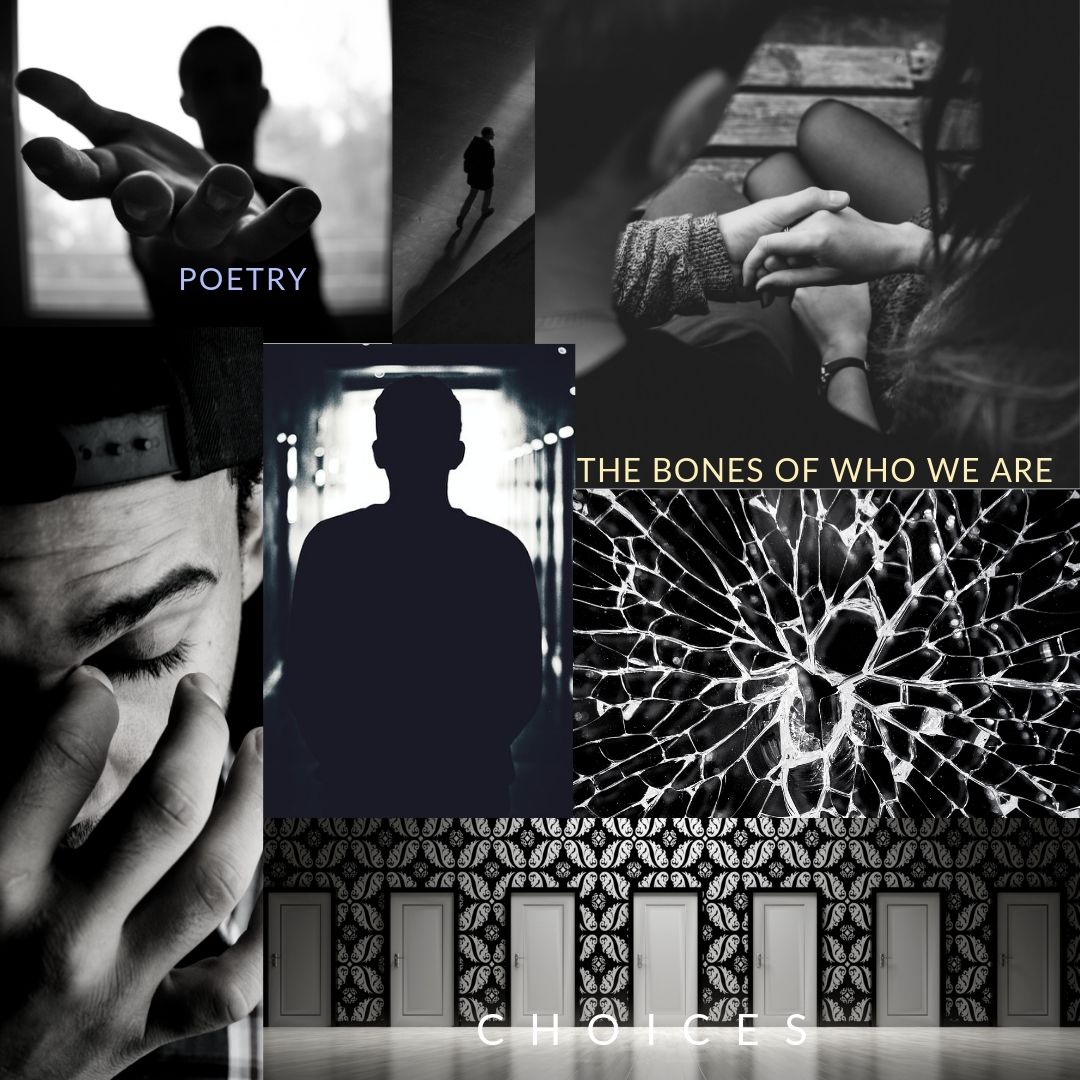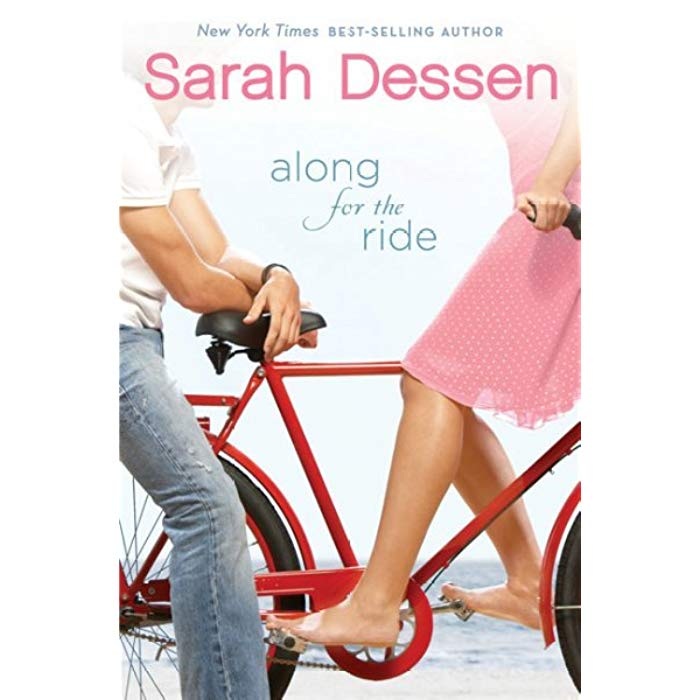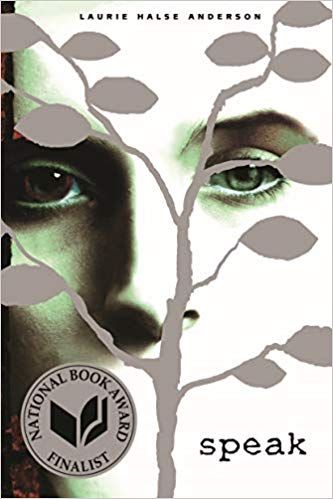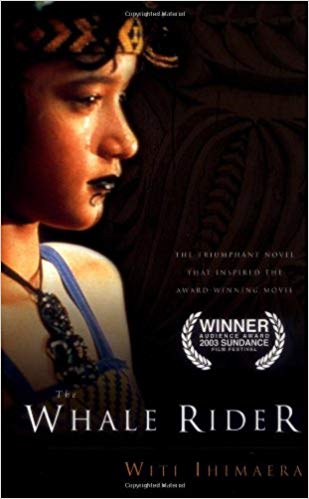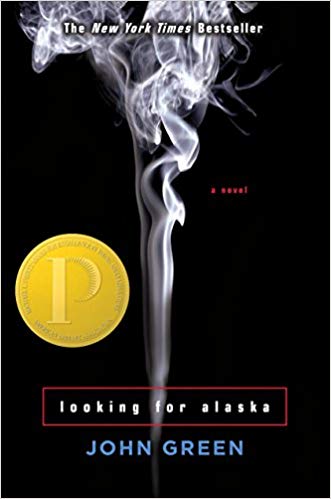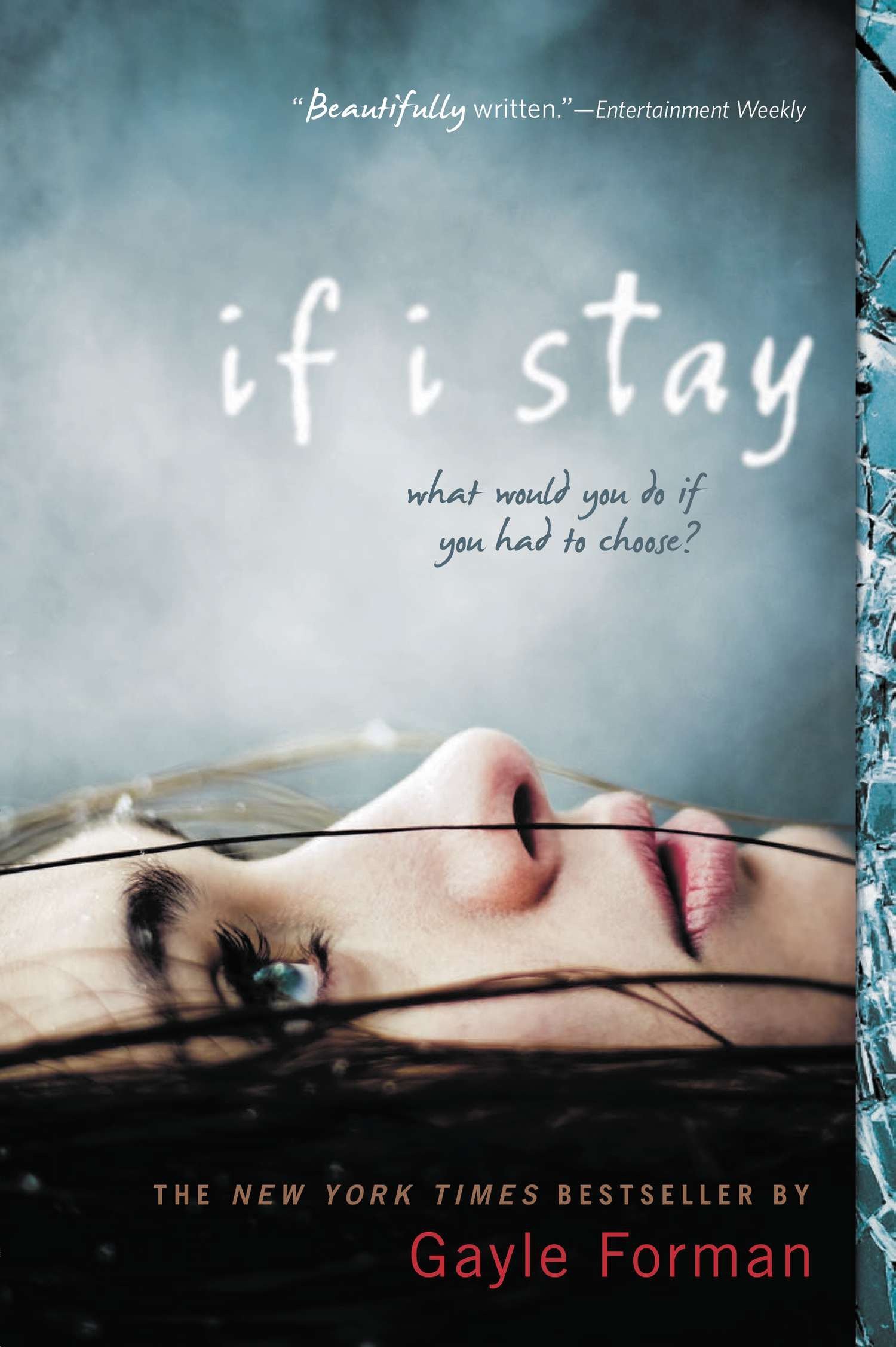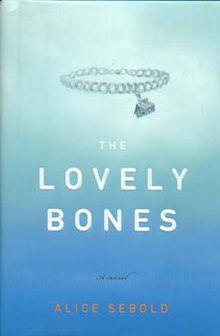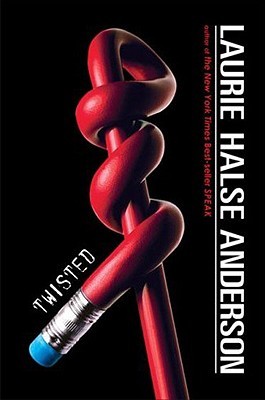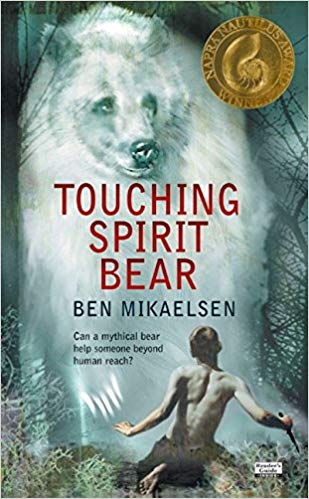This week marked the first steps into the eight week marketing blitz for the Cantos Chronicles, a completed YA Trilogy that’s undergoing a complete rebrand: new ISBNs, new covers, new interiors. With a ton of work (and money) invested in the rerelease, marketing and publicity to spread the word is even more important and has never been clearer how in over my head I am. But when has that ever stopped me?
Here’s what I did this week:
My newsletter went out this week with the new covers of the trilogy. Lots of information out there insists that newsletter subscribers are an indie author’s most important asset. There is a definitive need to build this list and cultivate that relationship by providing subscribers with benefits that no one else is able to access. So - they were the first to have access to the new covers (which I’m ecstatic about) as well as new content of my work in progress. And wouldn’t you know it, I got a few emails from subscribers excited about them. Hooray!
The second thing I did is begin the calling and planning of various events (book stores, media outlets, podcasts, etc). I’m not going to lie - this feels a lot more like doors slamming in my face than opening. The difficulty of this step is the lack of relationship which is really what a publicist provides. But without that added cost in my budget yet, I’m going to have to build these relationships on my own. Slammed doors aren’t enough to stop me; I’m searching the work around - the secret door. I’ll keep you posted.
On instagram @cl.walters, I’m using an IG month challenge to begin connecting the Cantos Chronicles stories with followers. I have two months until the rerelease happens (March 31) so with eight weeks to go, I didn’t want to create brand weariness or blindness. Instead, I’m hoping this provides the ability to connect, think, and link reader interest with the writing and the characters. Additionally, I want to maintain current momentum with readers who have already enjoyed the series by offering new content. I chose #onewordpromptchallenge hosted by @mjvaughn1_author because of the way the challenge is open ended and I’ve found it inspires me creatively. The prompts have offered me a way to mingle new content with existing content. The hope is always to invite engagement on IG because that is what creates visibility. I’ll keep you posted on the effectiveness of this method. Two days in, engagement is low (big-eyed worried face).
With this week in the books, there’s a sliver of myself that’s worried. What if this is an epic fail? What if I sunk a ton of money into something that is dead on arrival? As a perfectionist, I’m putting a ton of pressure on myself - I can feel it. And then there’s a part of me that recognizes this journey is several marathons in succession - nothing worthwhile is built overnight. Even as cliche as it is, the cliche exists for a reason. That is why I wake up and try again everyday, because I know this dream is worth it. The hope, however, doesn’t necessarily calm the fears that I’m going to fall flat on my face. That’s the risk, though, I suppose. And I’m not sure I’ve been one to back down from the challenge, fear and all.
Next week: Indie Marketing Update No.2
-
March 2024
- Mar 25, 2024 New Post on SubStack tomorrow! Mar 25, 2024
- Mar 1, 2024 March Read Along: The Bone of Who We Are Mar 1, 2024
-
January 2024
- Jan 31, 2024 February Read Along: The Ugly Truth Jan 31, 2024
-
December 2023
- Dec 28, 2023 2024: Year of the Read Along Dec 28, 2023
-
October 2023
- Oct 25, 2023 Unhealthy Relationships and Romance Books Oct 25, 2023
- Oct 25, 2023 Relationships: Isolation versus Autonomy Oct 25, 2023
- Oct 22, 2023 Unhealthy Relationships: The Love Bomb Oct 22, 2023
- Oct 22, 2023 Healthy Relationships: Hindsight is 20/20 Oct 22, 2023
- Oct 22, 2023 Relationships: Beware Gaslighting Oct 22, 2023
-
September 2023
- Sep 25, 2023 Blog Digest from 2018-2023 Sep 25, 2023
-
August 2023
- Aug 26, 2023 Blog Moved to Substack Aug 26, 2023
-
July 2023
- Jul 31, 2023 The Trials of Imogene Sol: The Allies Jul 31, 2023
- Jul 13, 2023 Foundational Books & Book Bans Jul 13, 2023
- Jul 5, 2023 Tropes: Found Family Jul 5, 2023
-
June 2023
- Jun 21, 2023 3 Things I Learned About Reading Space Opera Jun 21, 2023
-
May 2023
- May 24, 2023 The Dangers of Myopic Reading May 24, 2023
- May 17, 2023 My Trek...Journey...Quest to O'ahu Independent Bookstores May 17, 2023
- May 10, 2023 My Life as an Alien Invader May 10, 2023
- May 3, 2023 How I Got to Hawaiʻi, My Hawaiʻi Story May 3, 2023
-
April 2023
- Apr 26, 2023 You Can Go Home Again Apr 26, 2023
-
March 2023
- Mar 29, 2023 Cantos Love: Happy Anniversary! Mar 29, 2023
- Mar 22, 2023 Cantos Love: Gabe Mar 22, 2023
- Mar 15, 2023 Cantos Love: Seth Mar 15, 2023
- Mar 8, 2023 Cantos Love: How They Came to Be Mar 8, 2023
- Mar 1, 2023 Cantos Love: A Month of Cantos Mar 1, 2023
-
January 2023
- Jan 25, 2023 The Letters She Left Behind, 3 Years. Jan 25, 2023
- Jan 18, 2023 Behind-the Scenes: The Trials of Imogene Sol Jan 18, 2023
- Jan 11, 2023 Behind-the-Scenes: Reading & All My Rage Jan 11, 2023
-
November 2022
- Nov 16, 2022 Book Hangover List Nov 16, 2022
- Nov 9, 2022 Advice: Find your People Nov 9, 2022
-
October 2022
- Oct 26, 2022 Contest Awarded Short Story: The Invalid Oct 26, 2022
- Oct 13, 2022 The WHY Behind The Messy Truth About Love Oct 13, 2022
-
June 2022
- Jun 27, 2022 4 Things You Should Know about The Messy Truth About Love Before Reading Jun 27, 2022
-
February 2022
- Feb 2, 2022 February Ideals: Dreaming Feb 2, 2022
-
December 2021
- Dec 22, 2021 My Top 10 Songs (w/Lyrics) 2021 Dec 22, 2021
- Dec 15, 2021 My Top 5 Characters I've Written Dec 15, 2021
- Dec 1, 2021 My Top 5 of My Own Books Dec 1, 2021
-
September 2021
- Sep 1, 2021 Road to Echoes: 8 Tips for Using NaNoWriMo to Write Your Novel Sep 1, 2021
-
August 2021
- Aug 25, 2021 Road to Echoes: 4 Lessons I Learned Writing Maxwell Wallace Aug 25, 2021
- Aug 18, 2021 Road to Echoes: Tropes Aug 18, 2021
- Aug 11, 2021 The Road to Echoes: Loud Characters Aug 11, 2021
- Aug 4, 2021 The Road to Echoes: Putting the Story Together Aug 4, 2021
-
July 2021
- Jul 28, 2021 The Road to Echoes: Research to Understand Griffin Jul 28, 2021
- Jul 21, 2021 The Road to Echoes: Secondary Characters Primer Jul 21, 2021
- Jul 14, 2021 The Road to Echoes: Writing Difficult Characters Jul 14, 2021
- Jul 7, 2021 The Road of Echoes: What Inspired Griffin's Story? Jul 7, 2021
-
June 2021
- Jun 30, 2021 The Road of Echoes: New Blog Series Jun 30, 2021
-
May 2021
- May 26, 2021 Favorite Reads of 2021 So Far May 26, 2021
- May 19, 2021 Cover Love May 19, 2021
- May 12, 2021 Writing Limbo May 12, 2021
- May 5, 2021 Writing In Between May 5, 2021
-
April 2021
- Apr 28, 2021 April Challenge: Update No. 4 Apr 28, 2021
- Apr 21, 2021 April Challenge: Update No. 3 Apr 21, 2021
- Apr 14, 2021 April Challenge: Update No. 2 Apr 14, 2021
- Apr 7, 2021 April Challenge: Update No. 1 Apr 7, 2021
-
March 2021
- Mar 31, 2021 April Challenge: Finishing the Draft Mar 31, 2021
-
February 2021
- Feb 24, 2021 Character Speaks: Dear Paola, from Gabe Feb 24, 2021
- Feb 17, 2021 Character Speaks: Dear Sam, from Seth Feb 17, 2021
- Feb 10, 2021 Ask the Author: Advice for Newbie Writers? Feb 10, 2021
- Feb 3, 2021 Ask the Author: What motivates you to write? Feb 3, 2021
-
January 2021
- Jan 27, 2021 Ask the Author: Series or Stand Alone? Jan 27, 2021
- Jan 20, 2021 Ask the Author: Why did you choose to write YA? (Part 2) Jan 20, 2021
- Jan 13, 2021 Ask the Author: Why did you choose to write YA? Jan 13, 2021
- Jan 6, 2021 Ask the Author: Favorite Part of the Writing Process? Jan 6, 2021
-
October 2020
- Oct 16, 2020 Rainy Day Collective Podcast & Purity Culture Oct 16, 2020
- Oct 14, 2020 The Stories Stars Tell: It's Here! Oct 14, 2020
-
July 2020
- Jul 1, 2020 Interview: Lauren-Marie with The Indigo Book Jul 1, 2020
-
June 2020
- Jun 24, 2020 This-Then-That: YA Dystopian and SciFi Edition Jun 24, 2020
- Jun 17, 2020 This-Then-That: YA Contemporary Edition Jun 17, 2020
- Jun 10, 2020 This-Then-That: YA Fantasy Edition Jun 10, 2020
-
May 2020
- May 27, 2020 Reading Wonderland Interview: Piper Bee May 27, 2020
- May 20, 2020 Reading Wonderland Interview: Nancy Richardson Fischer May 20, 2020
- May 13, 2020 Reading Wonderland Interview: Rob Rufus May 13, 2020
- May 6, 2020 Reading Wonderland Interview: Lisa Brown Roberts May 6, 2020
-
April 2020
- Apr 29, 2020 Reading Wonderland: an Introduction Apr 29, 2020
- Apr 22, 2020 Quarantine: 37 Days Apr 22, 2020
-
March 2020
- Mar 31, 2020 Indie Author Marketing: Road Trip Wrap Up Mar 31, 2020
- Mar 25, 2020 Indie Author Marketing: Update No. 8 Mar 25, 2020
- Mar 18, 2020 Indie Author Marketing: Update No. 7 Mar 18, 2020
- Mar 11, 2020 Indie Author Marketing: Update No. 6 Mar 11, 2020
-
February 2020
- Feb 29, 2020 Indie Author Marketing: Update No. 5 Feb 29, 2020
- Feb 24, 2020 Indie Author Marketing: Update No. 4 Feb 24, 2020
- Feb 19, 2020 Indie Author Marketing: Update No. 3 Feb 19, 2020
- Feb 12, 2020 Indie Author Marketing: Update No. 2 Feb 12, 2020
- Feb 4, 2020 Indie Author Marketing: Update No. 1 Feb 4, 2020
-
January 2020
- Jan 29, 2020 Indie Author Marketing: A Hope and A Dream Jan 29, 2020
- Jan 15, 2020 The Letters She Left Behind: It's here! Jan 15, 2020
-
December 2019
- Dec 18, 2019 The Letters She Left Behind: Character Interview Dec 18, 2019
- Dec 11, 2019 The Letters She Left Behind: Annotated Playlist Dec 11, 2019
-
October 2019
- Oct 16, 2019 Awesome Writer Spotlight: Mary E. Pearson (again) Oct 16, 2019
- Oct 7, 2019 The Bones of Who We Are: Gratitude Oct 7, 2019
-
September 2019
- Sep 30, 2019 The Bones of Who We Are: It's time. Sep 30, 2019
- Sep 16, 2019 The Bones of Who We Are: A Difficult Story Sep 16, 2019
- Sep 9, 2019 The Bones of Who We Are: Journey to Gabe Sep 9, 2019
-
July 2019
- Jul 8, 2019 The Bones of Who We Are: Aesthetic Jul 8, 2019
-
May 2019
- May 26, 2019 Time Away May 26, 2019
- May 20, 2019 Writing Inspiration: Music May 20, 2019
- May 13, 2019 Awesome Writer Spotlight: Mary E. Pearson May 13, 2019
- May 6, 2019 Happy Book Birthday: A Character Interview May 6, 2019
- May 1, 2019 The Letters She Left Behind PLAYLIST May 1, 2019
-
April 2019
- Apr 29, 2019 YA Author Series - Author Spotlight: Genevieve Jane Apr 29, 2019
- Apr 15, 2019 YA Author Series - Author Spotlight: M. Wednesday Apr 15, 2019
- Apr 8, 2019 YA Author Series - Author Spotlight: Leslie Arambula Apr 8, 2019
- Apr 1, 2019 YA Author Series - Author Spotlight: Alison Aldridge Apr 1, 2019
-
March 2019
- Mar 25, 2019 YA Author Series Launch: CL Walters Mar 25, 2019
- Mar 12, 2019 Book Mash-Up Fun Mar 12, 2019
- Mar 4, 2019 Snappy Dialogue in 3 Minutes Mar 4, 2019
-
February 2019
- Feb 25, 2019 Pacing the Narrative: A New Tool Feb 25, 2019
- Feb 18, 2019 Character and Conflict Part2: Motivation Feb 18, 2019
- Feb 11, 2019 Character and Conflict, part one: Types of Conflict Feb 11, 2019
- Feb 4, 2019 Point of View and Writing Feb 4, 2019
-
January 2019
- Jan 28, 2019 Off to Refill the Well . . . Jan 28, 2019
- Jan 21, 2019 Character-Driven or Plot Driven Narrative? Jan 21, 2019
- Jan 14, 2019 Character: Conversations Jan 14, 2019
-
December 2018
- Dec 3, 2018 The Ugly Truth: Cover Reveal and Playlist Dec 3, 2018
-
October 2018
- Oct 29, 2018 This Writer Reads Oct 29, 2018
- Oct 8, 2018 Empathy is Our Superpower! Oct 8, 2018
- Oct 4, 2018 The Writer Hoard Oct 4, 2018







